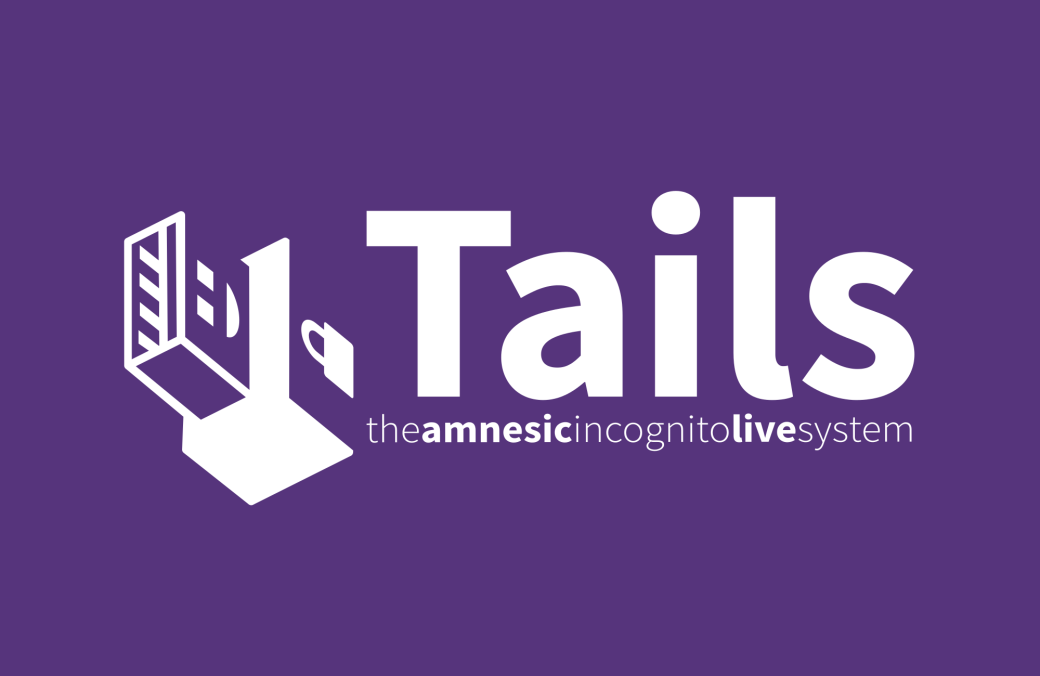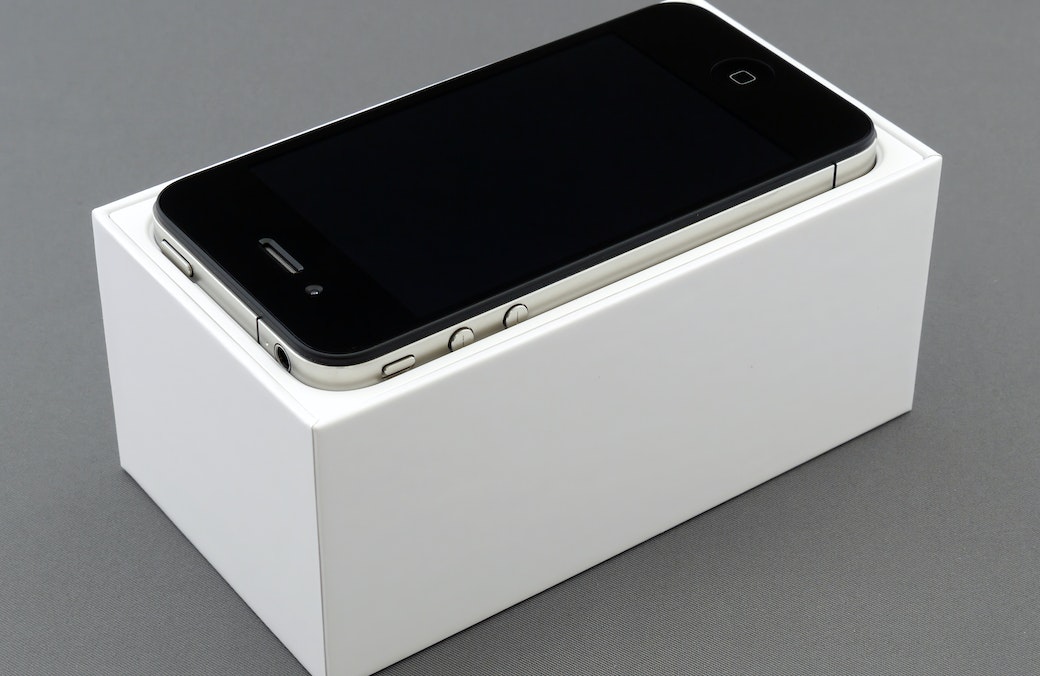Anti-Forensic messaging software
Cradle is an open-source fork of Signal developed to address the issue of digital forensics and recoverable data.
DISCLAIMER: This project is NOT sponsored by Signal Messenger or Signal Foundation.Download
Latest release builds are available down below.
You can also build Cradle from source code.






